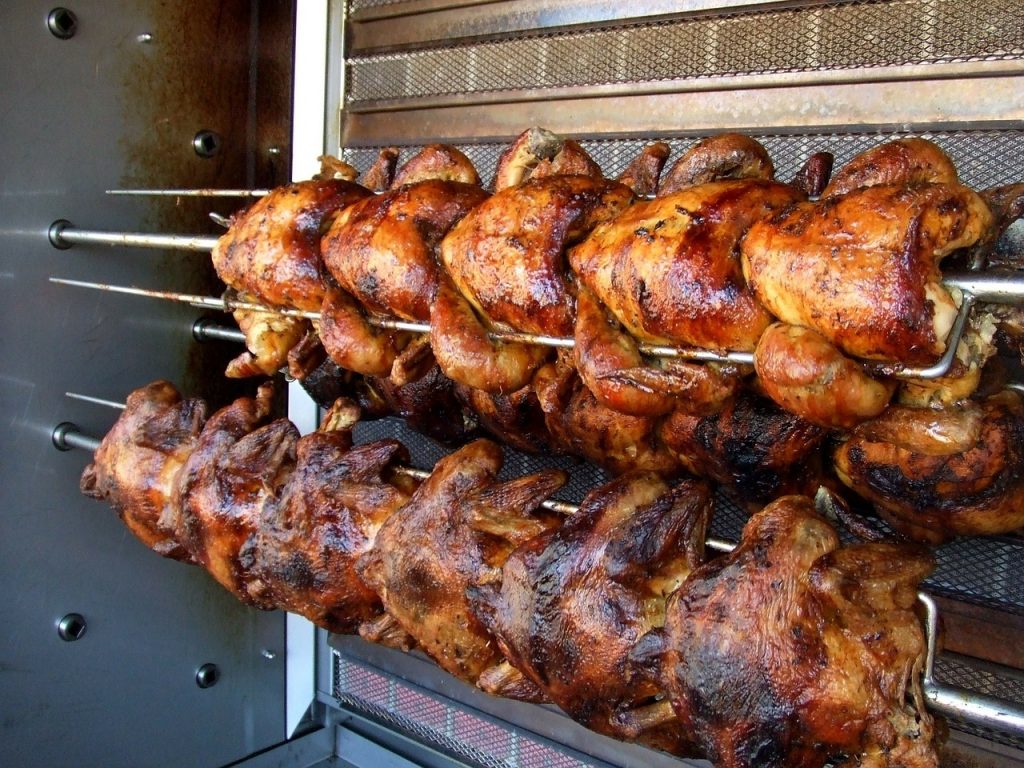The Real Reason Why All Meats Currently Cost An Arm And A Leg
The cost of everything is going up, but learn the reason why meat prices have seen by far the worst of all increases.

Prices are going up around the country for just about everything. Gas costs are soaring, housing is extraordinarily pricey, and essential goods are more expensive than ever. Compounding factors of inflation, supply chain interruptions, and geopolitical turmoil in Europe all have had massive effects on America’s economic climate. For many, the most obvious cost increase is the grocery bill. If you aren’t vegetarian yet, the escalating meat prices in the United States might have you switching your diet.
To beat the spiraling inflation rate, many meat producers are allegedly jacking up their prices to unfathomable heights. In a practice known as price gouging, distributors utilize their products’ heightened demand to push up meat prices for the financially crunched consumer. All meat products have increased in cost since the pandemic’s beginning, with no indication of stabilizing.
Costs for pretty much every grocery store item have gone up during the pandemic. Since last April, food prices have risen by 11% on average, which is higher than the current inflation rate of 8.3%. Dairy and meat prices have seen the most drastic change, forcing many to look for protein sources outside animal products. Egg prices have increased by 22.6 percent over the last 12 months, while chicken, beef, and milk have all risen by 15-16%. Fish and other seafood aren’t exempt from the price gouging either, all experiencing a cost increase of almost 12%. The extreme discrepancy in meat prices from 2021 to 2022 has backed consumers into a frustrating corner.
Though meat prices have increased significantly over the last 12 months, other products have seen less drastic cost growth. Plant-based proteins like beans and soy have had a slower rise in general cost, making them more affordable for the average buyer. Food items like bread, rice, fruits, and vegetables have also had an incremental cost rise that isn’t as extreme as animal-based products. Most plant-based grocery store goods have had a noticeable price increase but less than the national inflation rate. Vegetables have had the lowest cost increase of all items, going up by only 6.2% over the last 12 months.
Many look to the meat distributors and manufacturers for their reasoning for raising meat prices. Tyson Foods, a popular meat producer in America, stated that increased fuel costs and labor had forced the company to raise its products’ prices. The cost of grain has also risen by a significant amount, which leaves a dent in farmers’ budgets who need the grains as animal feed. For distributors working with poultry, recent cases of bird flu have ravaged animal farms throughout the country. Without the necessary amount of meat, heightened demand for products and the uncontrollable inflation rate has accelerated chicken prices nationwide.
It’s no secret that grocery store foods have increased by incomprehensible amounts. The most apparent cost bump is for meat prices, which have been massively impacted by many unfortunate happenings. Animal-product costs that have soared far above America’s inflation rate may lead to a diet shift for many who regularly buy meat and dairy foods.











